
Open Banking: A World Tour of Innovation, Opportunities, and Growth Part 1
Open Banking is not just a trend — it’s revolutionizing the way the financial world operates. From the UK to Bulgaria, countries are rewriting the financial history. Let’s explore how each region is creating its own blueprint for the future of finance. The adoption isn't steady across the globe — it’s evolving at different paces, with varying levels of regulations, technology, and market needs across regions.
Think of Open Banking as the new frontier in global finance — where banks, fintechs, and innovators are redefining financial services. But here’s the catch: Just like the territories of each country, Open Banking takes on a unique shape everywhere. From Europe’s early adopters to emerging markets catching up with the trend, Open Banking is not a one-size-fits-all story.
So, how are different regions adopting Open Banking? Which banks are leading the charge, and how are they navigating the opportunities and challenges unique to their regions? In this global tour, we at Contiant will guide you through the key differences and introduce you to the regional champions driving change. We’ll also provide insights that will help you make smarter decisions about your API strategy — no matter where your business operates.
Europe: The Heartbeat of Open Banking
Europe has positioned itself as the global leader in Open Banking adoption, mainly because of rules like the Revised Payment Services Directive (PSD2). This regulation requires banks to share their payment services and customer data with third-party companies. That’s how PSD2 has made the market more competitive, pushing banks to work with fintech companies and improve services for customers. Thanks to these clear rules, Europe has become a place where new Open Banking technologies can be tested, expanding the boundaries for wider adoption around the world.
Here’s a regional snapshot of Europe:
- United Kingdom: The island took the lead with the Open Banking Implementation Entity (OBIE), which set clear standards. Today, over 300 regulated providers and nearly all major banks — including Barclays, HSBC, NatWest, Lloyds, and Santander — offer robust Open Banking APIs.
- Germany: Germany: Major banks like Deutsche Bank, Commerzbank, and DZ Bank have implemented PSD2 but developed a variety of proprietary API solutions. As the largest economy in the EU, Germany has experienced impressive fintech growth, with APIs supporting new entrants like N26.
- France: Open Banking interfaces are provided by top banks like BNP Paribas, Crédit Agricole, and Société Générale, all in line with PSD2 regulations. However, France has lagged behind the UK when it comes to introducing innovations that respond to customer demands.
- Nordic Countries: Denmark, Sweden, Finland, and Norway—are ardent supporters of Open Banking. Banks like Danske Bank, Swedbank, and Nordea provide advanced APIs that go beyond the basic rules, helping them form partnerships with tech startups.
- Eastern Europe: The region is emerging as dynamic in financial services. We’re taking pride in participating in this exciting progress in Bulgaria, where the skilled workforce is making significant strides in modernizing the banking sector. With a solid regulatory framework and increasing collaborations between local banks and fintechs, Bulgaria is positioned to become a key player in Open Banking adoption. Similarly, Poland and the Czech Republic are advancing quickly, with banks like PKO Bank Polski and Česká spořitelna leading initiatives. As a whole, Eastern Europe presents exciting opportunities for businesses to leverage the financial sector's digital transformation.
Key Takeaway for Businesses: As Open Banking grows across Europe, businesses need to adjust to each region's needs, using local fintech networks to stay competitive.
North America: The Wild West of Open Banking — No Clear Route, But Plenty of Potential
In stark contrast to Europe, North America presents a less organized Open Banking structure. Without a unified regulatory framework in place, the adoption and implementation of Open Banking are driven largely by market forces rather than government mandates. This means that, across the region, there is no clear-cut path for businesses to follow, and companies must navigate a patchwork of different approaches, standards, and regulations.
- United States: In a land of boundless possibilities, Open Banking has become a market-driven phenomenon. While leading banks like Chase, Bank of America, and Wells Fargo have developed their own APIs, the absence of federal regulations means the market is left to self-regulate. As a result, these offerings often vary significantly in terms of quality, security, and data-sharing permissions. Usually, Banks partner with third-party aggregators such as Plaid or Yodlee to bridge the gap between financial institutions and fintech innovators. However, with each bank and aggregator defining their own standards, businesses must navigate a patchwork of integration solutions, which can pose both challenges and opportunities for API-driven innovation.
- Canada: Open Banking is still in the early stages of development in Canada, with exciting progress ahead. The country plans to roll out its first phase of rules around how banks share data by 2025. In the meantime, major banks like RBC and Scotiabank have taken the initiative to offer APIs that let third parties access financial data and services. While Open Banking adoption is still young in Canada, the upcoming regulations will likely speed up the process, making it easier for businesses to connect to financial data in a smooth way.
Key Takeaway for Businesses:
Navigating Open Banking in North America means preparing for a fragmented, market-driven landscape. With no unified regulatory framework, businesses must adapt to a variety of approaches, integration methods, and evolving standards across the U.S. and Canada.
Client Retention with Open Banking: How to Stay Ahead Worldwide
As we’ve explored, the global Open Banking landscape is a vibrant, ever-evolving tapestry, with each region telling its own story of innovation and growth. Europe leads the way with strong regulatory frameworks like PSD2, setting the stage for growth — especially in hubs like Bulgaria, powered by Contiant’s cutting-edge solutions. Meanwhile, across the Atlantic, North America opens new horizons, though without unified standards, businesses must navigate a complex maze of opportunities.
Contiant helps businesses stay ahead by simplifying these complexities. Our seamless integration and API-driven services empower companies to adapt, embrace regulatory changes, and leverage emerging opportunities worldwide. By staying agile and partnering with fintech networks, businesses can future-proof their strategies with our expertise.
Stay tuned for Part 2 of ‘Travel the Globe with Contiant,’ where we’ll explore the rising Open Banking landscapes of Asia!
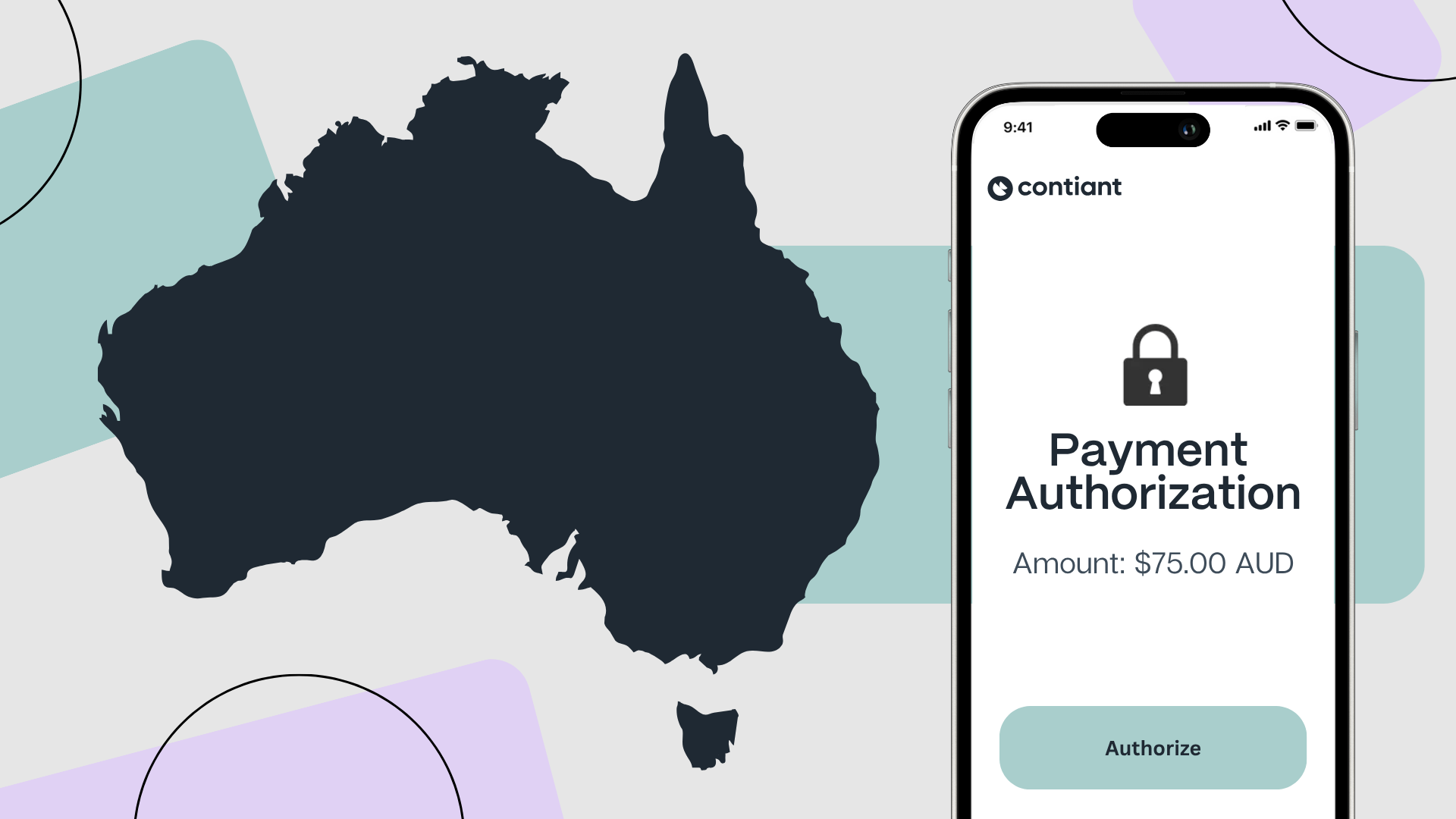
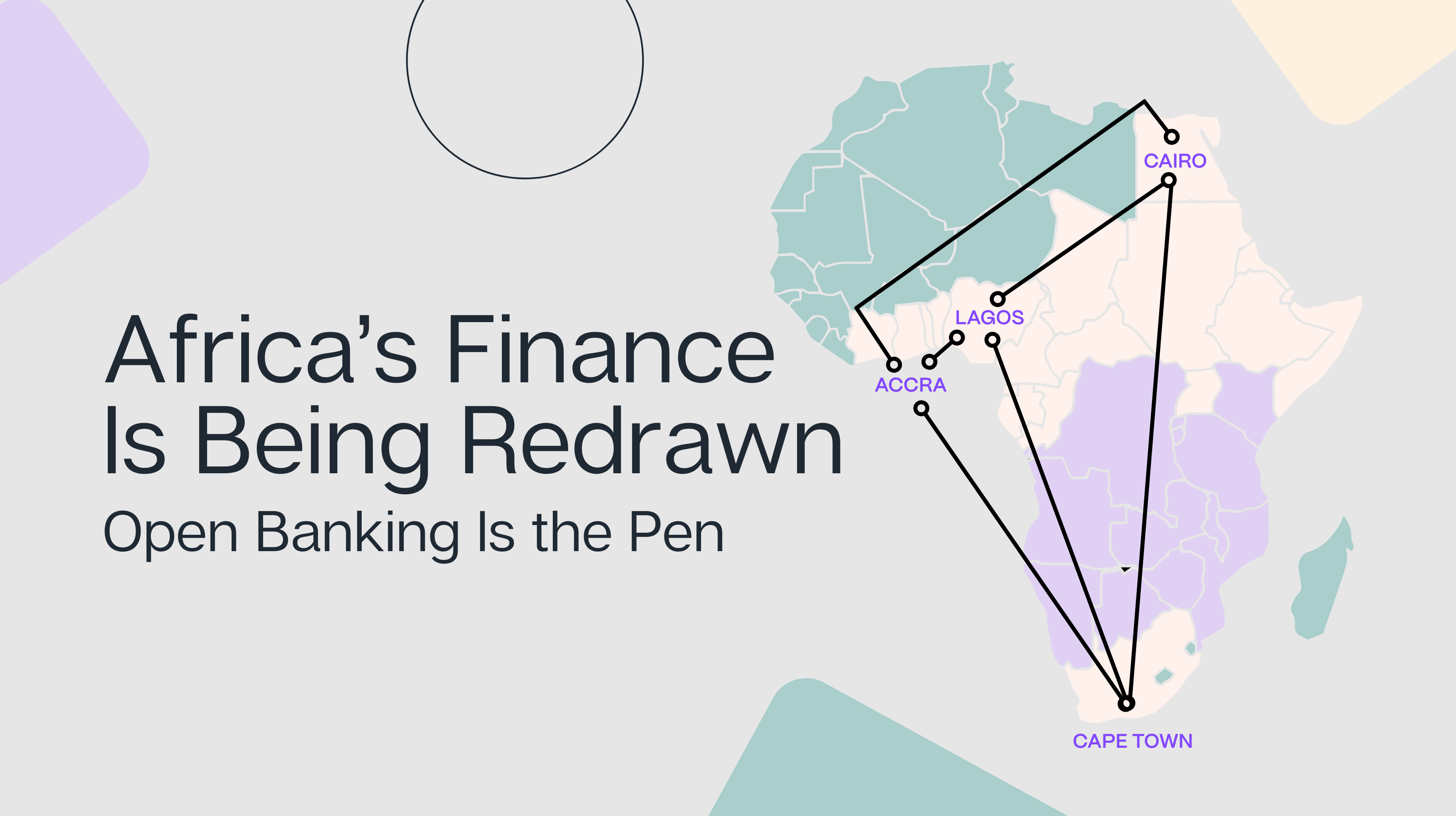
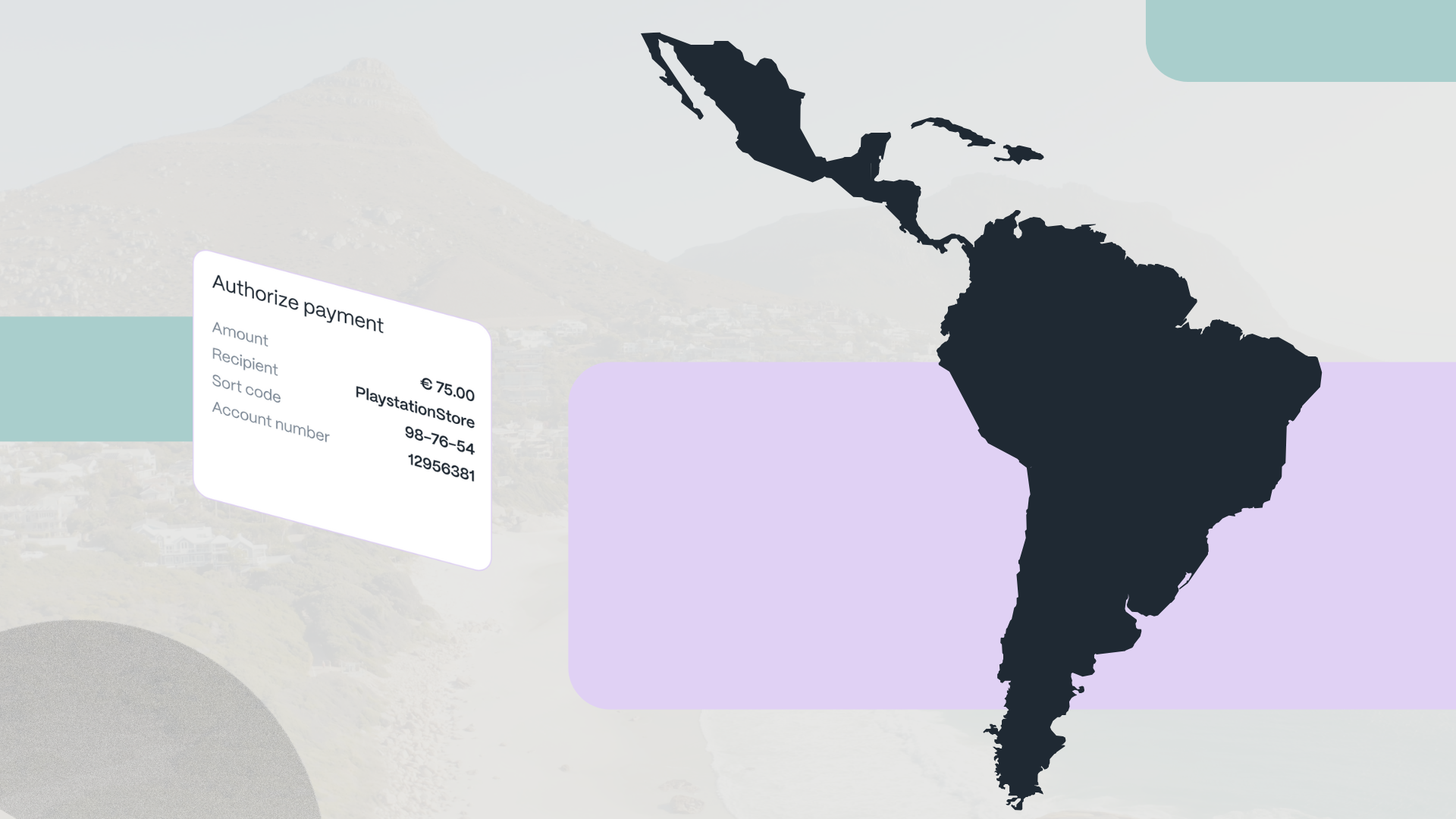
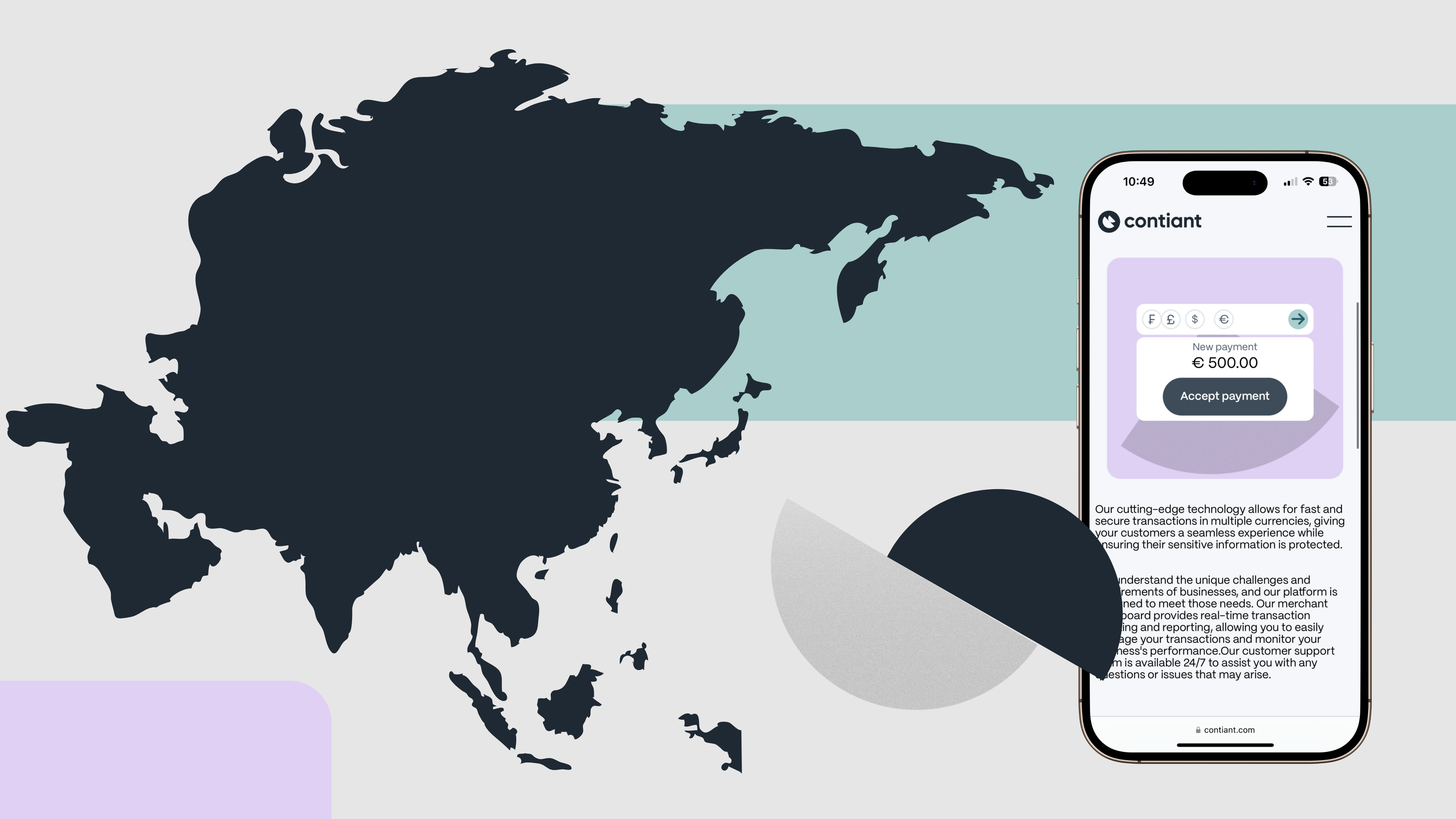

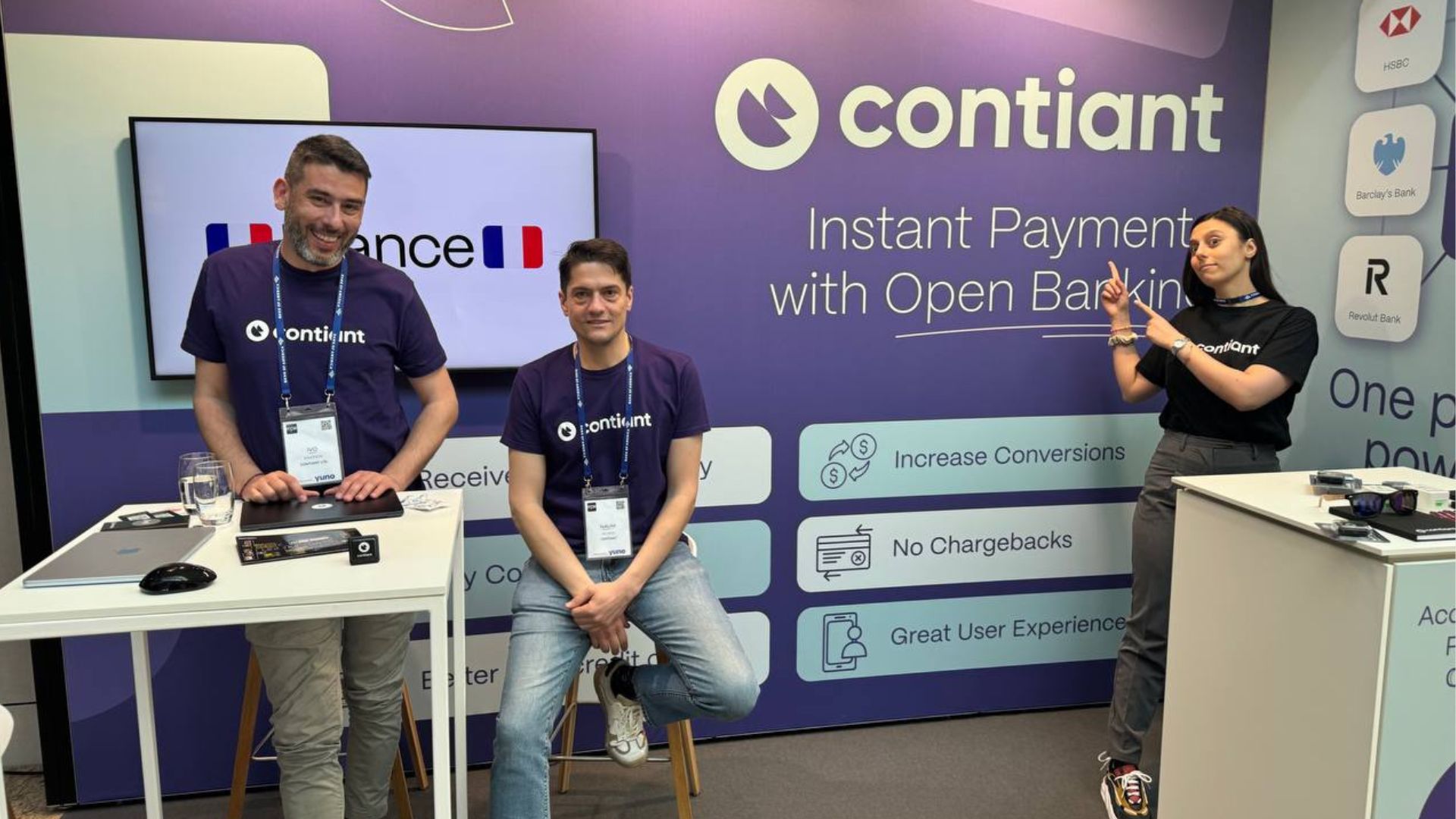






.png)









.png)
